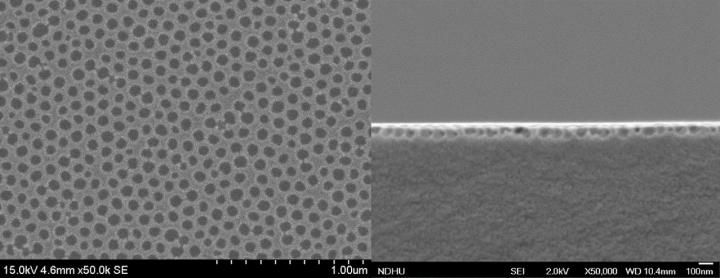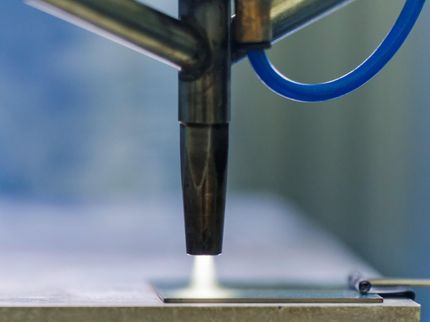Acoustic tweezers can position tiny objects
Manipulating tiny objects like single cells or nanosized beads often requires relatively large, unwieldy equipment, but now a system that uses sound as a tiny tweezers can be small enough to place on a chip, according to Penn State engineers.
"Current methods for moving individual cells or tiny beads include such devices as optical tweezers, which require a lot of energy and could damage or even kill live cells," said Tony Jun Huang, assistant professor of engineering science and mechanics. "Acoustic tweezers are much smaller than optical tweezers and use 500,000 times less energy."
While optical tweezers are large and expensive, acoustic tweezers are smaller than a dime, small enough to fabricate on a chip using standard chip manufacturing techniques. They can also manipulate live cells without damaging or killing them.
Acoustic tweezers differ from eyebrow tweezers in that they position many tiny objects simultaneously and place them equidistant from each other in either parallel lines or on a grid. The grid configuration is probably the most useful for biological applications where researchers can place stem cells on a grid for testing or skin cells on a grid to grow new skin. This allows investigators to see how any type of cell grows.
"Acoustic tweezers are not just useful in biology," said Huang. "They can be used in physics, chemistry and materials science to create patterns of nanoparticles for coatings or to etch surfaces."
Acoustic tweezers work by setting up a standing surface acoustic wave. If two sound sources are placed opposite each other and each emits the same wavelength of sound, there will be a location where the opposing sounds cancel each other. This location can be considered a trough. Because sound waves have pressure, they can push very small objects, so a cell or nanoparticle will move with the sound wave until it reaches the trough where there is no longer movement. The particle or cell will stop and "fall" into the trough.
If the sound comes from two parallel sound sources facing each other, the troughs form a line or series of lines. If the sound sources are at right angles to each other, the troughs form an evenly spaced set of rows and columns like a checkerboard. Here too, the particles are pushed until they reach the location where the sound is no longer moving.
The acoustic tweezers are manufactured by fabricating an interdigital transducer onto a piezoelectric chip surface. These transducers are the source of the sound. Next, using standard photolithography, microchannels are fabricated in which a small amount of liquid with the cells or particles can move around freely. These microchannels were bonded to the chip to create the area for particle movement.
To test their device, the researchers, who include Jinjie Shi, Daniel Ahmed and Sz-Chin Steven Lin, graduate students, engineering science and mechanics; Xiaole Mao, graduate student in bioengineering, and Aitan Lawit, undergraduate in engineering science and mechanics, used Dragon Green fluorescent polystyrene beads about 1.9 micrometers in diameter. They then used cows red blood cells and the single cell bacteria E. coli to test the acoustic tweezers.
"The results verify the versatility of our technique as the two groups of cells differ significantly in both shape (spherical beads vs. rod-shaped E. coli) and size," the researchers reported in a recent issue of Lab on a Chip. They note that the patterning performance is independent of the particle's electrical, magnetic and optical properties.
"Most cells or particles patterned in a few seconds," said Huang. "The energy used is very low and the acoustic tweezers should not damage cells at all. Because they have different properties, the acoustic tweezers could also separate live from dead cells, or different types of particles."
Acoustic tweezers technology has significant advantages over existing technologies because of its versatility, miniaturization, power consumption and technical simplicity. Huang expects it to become a powerful tool for many applications such as tissue engineering, cell studies, and drug screening and discovery.
Most read news
Topics
Organizations
Other news from the department science
These products might interest you
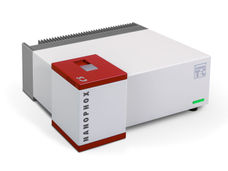
NANOPHOX CS by Sympatec
Particle size analysis in the nano range: Analyzing high concentrations with ease
Reliable results without time-consuming sample preparation

Eclipse by Wyatt Technology
FFF-MALS system for separation and characterization of macromolecules and nanoparticles
The latest and most innovative FFF system designed for highest usability, robustness and data quality

DynaPro Plate Reader III by Wyatt Technology
Screening of biopharmaceuticals and proteins with high-throughput dynamic light scattering (DLS)
Efficiently characterize your sample quality and stability from lead discovery to quality control

Get the chemical industry in your inbox
By submitting this form you agree that LUMITOS AG will send you the newsletter(s) selected above by email. Your data will not be passed on to third parties. Your data will be stored and processed in accordance with our data protection regulations. LUMITOS may contact you by email for the purpose of advertising or market and opinion surveys. You can revoke your consent at any time without giving reasons to LUMITOS AG, Ernst-Augustin-Str. 2, 12489 Berlin, Germany or by e-mail at revoke@lumitos.com with effect for the future. In addition, each email contains a link to unsubscribe from the corresponding newsletter.
Most read news
More news from our other portals
Last viewed contents

Green financing for Verkor’s first battery cell Gigafactory in Dunkirk/France - Landmark project in France

Frozen noble gas in the accelerator

Converting PFAS “forever chemicals” into valuable compounds - Scientists develop a new method to incorporate harmful perfluoroalkenes into N-heterocyclic carbene ligands
New cost-effective instrument measures molecular dynamics on a picosecond timescale
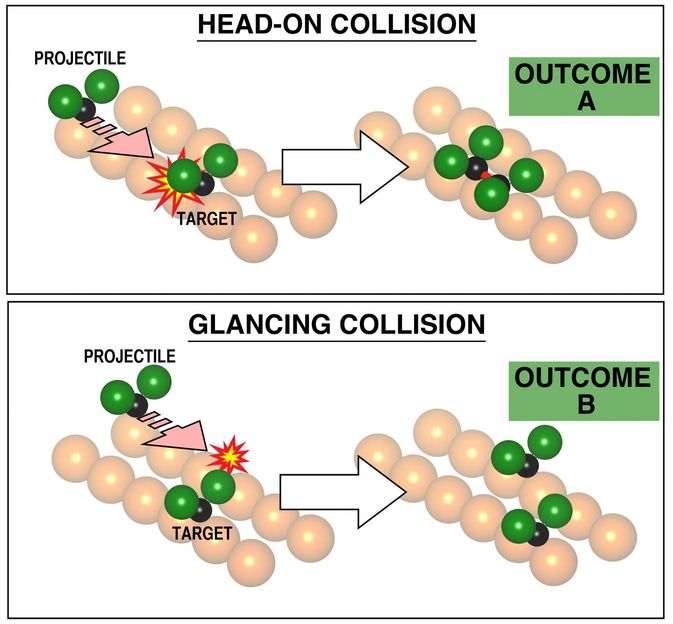
Advance ability to control chemical reactions - Discovery offers a taste of the 'forbidden fruit' of reaction dynamics
University of Chicago establishes new center for chemical innovation
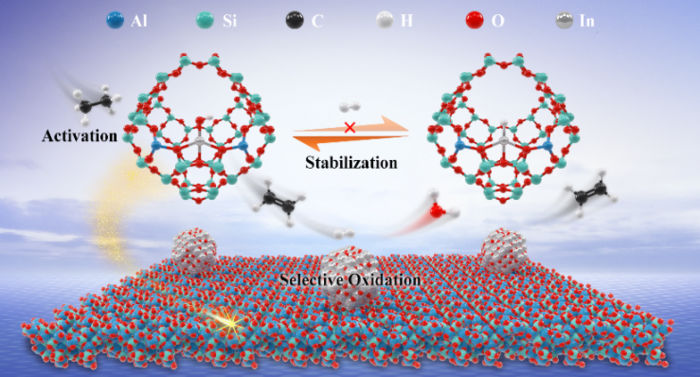
Researchers tailor main-group catalyst with atomically dispersed in sites for highly efficient oxidative dehydrogenation
